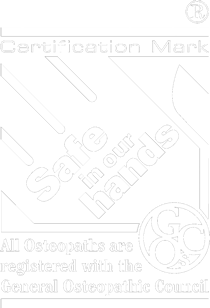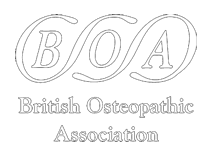Osteopaths don’t simply specialise in back pain but a wide variety of musculoskeletal injuries and conditions.
Osteopathic care aims to treat the body’s musculoskeletal system by treating not just the symptoms of the patient, but looking for the root cause of their medical problems.
Osteopaths work to restore your body to a state of balance, where possible without the use of drugs or surgery. Osteopaths use touch, physical manipulation, stretching and massage to increase the mobility of joints, to relieve muscle tension, to enhance the blood and nerve supply to tissues, and to help your body’s own healing mechanisms. They may also provide advice on posture and exercise to aid recovery, promote health and prevent symptoms recurring.
The therapy is a distinctive whole body approach that balances all of the body’s systems to provide overall positive health. It utilises nutrition and lifestyle modifications to effect changes in a person’s health. The philosophy of osteopathy is based, in part, on the belief that the body has a built-in self-regulatory system and is able to repair itself. Osteopaths are of the opinion that the movement of body fluids is critical to health maintenance and that nerves play and important part in this body fluid movement.


